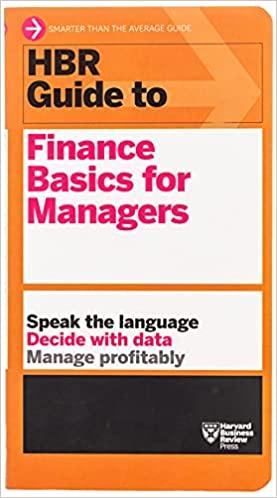
Ocean Carriers: Questions to Consider Ocean Carriers has a cost of capital of 9% (the discount rate for risky firm cash flows), and the risk-free rate is 6%. You can assume that vessel scrap value is growing with the rate of inflation and vessel is scrapped at the end of year 25. If the vessel is scrapped at the end of year 25, there is no need to undergo the special survey in year 25, so the final CAPEX is not required. 1) What is your projection for daily spot hire rates? Are they going to go up or down? Why? What factors drive, in your opinion, the average daily hire rates? 2) What is the book value of the new capsize vessel in 2000, 2001, and 2002? What is the market value of the new vessel in 2000 (you can calculate PV of payments for the ship)? 3) Using information in Exhibit 6, calculate the cash flows from the ship operations over the useful life of the ship 4) Should Ms Linn purchase the $39M vessel? Analyze situation under two different assumptions. First, assume that Ocean Carriers is a U.S. firm subject to 35% taxation. Second, assume that Ocean Carriers is located in Hong Kong, where owners of Hong Kong ships are not required to pay any tax on profits made overseas and are also exempted from paying any tax on profit made on cargo uplifted from Hong Kong 5) Should the company scrap its vessels after 15 years or after 25 years? What should be the fair resale value of the ship at the end of 15 years? 6) What is the NPV of buying a vessel if the Ocean Carriers does not secure a contract with a charterer? Ocean Carriers: Questions to Consider Ocean Carriers has a cost of capital of 9% (the discount rate for risky firm cash flows), and the risk-free rate is 6%. You can assume that vessel scrap value is growing with the rate of inflation and vessel is scrapped at the end of year 25. If the vessel is scrapped at the end of year 25, there is no need to undergo the special survey in year 25, so the final CAPEX is not required. 1) What is your projection for daily spot hire rates? Are they going to go up or down? Why? What factors drive, in your opinion, the average daily hire rates? 2) What is the book value of the new capsize vessel in 2000, 2001, and 2002? What is the market value of the new vessel in 2000 (you can calculate PV of payments for the ship)? 3) Using information in Exhibit 6, calculate the cash flows from the ship operations over the useful life of the ship 4) Should Ms Linn purchase the $39M vessel? Analyze situation under two different assumptions. First, assume that Ocean Carriers is a U.S. firm subject to 35% taxation. Second, assume that Ocean Carriers is located in Hong Kong, where owners of Hong Kong ships are not required to pay any tax on profits made overseas and are also exempted from paying any tax on profit made on cargo uplifted from Hong Kong 5) Should the company scrap its vessels after 15 years or after 25 years? What should be the fair resale value of the ship at the end of 15 years? 6) What is the NPV of buying a vessel if the Ocean Carriers does not secure a contract with a charterer







